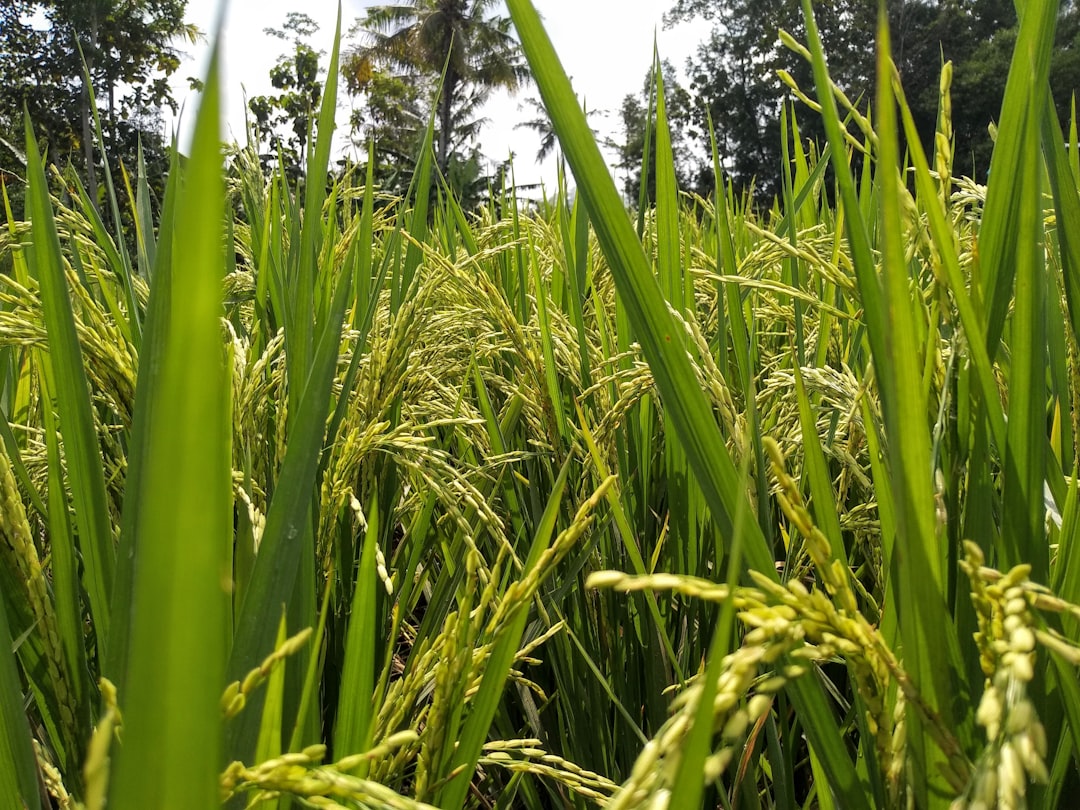What is it about?
We discuss the various research perspectives, particularly from landscape ecology, aimed at understanding how landscape transformation impacts biodiversity. It evaluates recent approaches in tropical biology research, specifically from the journal Biotropica, focusing on the effects of landscape transformation on biodiversity.
Featured Image

Photo by Simon Berger on Unsplash
Why is it important?
The article highlights the importance of spatial scale in studying habitat quantity's impact on the response variable. The article emphasizes the need to increase research in biodiversity from a landscape ecology perspective, from spatial scales, habitat quantity, matrix and edge effects.
Perspectives
Our main perspectives are: Spatial Scale and Habitat Quantity: The text highlights the importance of identifying the spatial scale at which habitat quantity in the local landscape affects biodiversity attributes. This understanding can lead to more effective conservation strategies. Edge Effects and Matrix Dynamics: Connecting edge effects and the composition of surrounding habitats (matrix) with anthropogenic disturbances provides a more holistic understanding of how landscape changes impact biodiversity. Research Direction: The text encourages researchers to explore the relationships between habitat quantity, edge effects, matrix dynamics, and other human-induced disturbances, such as roadkill and hunting, to create a more comprehensive ecological framework. Conservation Implications: Understanding how landscape transformation affects biodiversity can inform conservation efforts, land-use planning, and habitat restoration initiatives, ensuring a more sustainable coexistence between human activities and natural ecosystems.
PhD Nicolas Urbina-Cardona
Pontificia Universidad Javeriana
Read the Original
This page is a summary of: Virtual special issue: Insights from a landscape ecological perspective for tropical biology and conservation, Biotropica, March 2022, Wiley,
DOI: 10.1111/btp.13092.
You can read the full text:
Contributors
The following have contributed to this page










